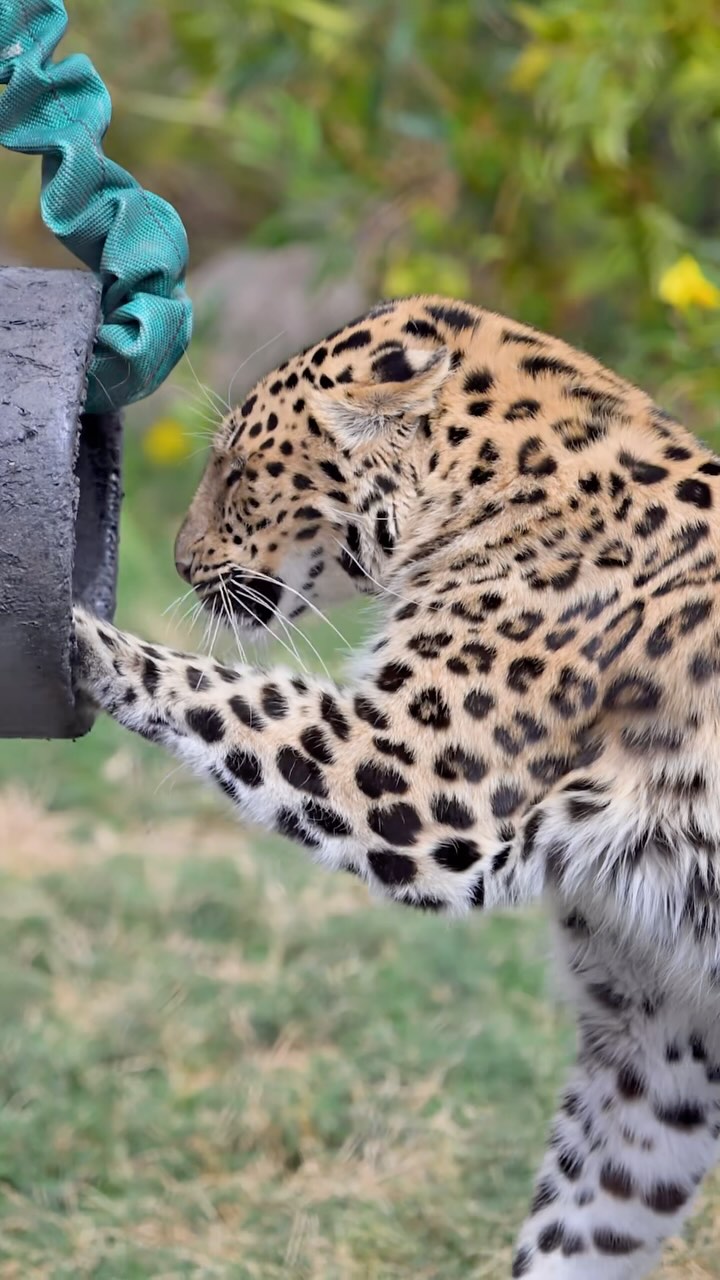- Understanding International Leopard Day and its importance.
- The Phoenix Zoo’s collaboration with the Wildcats Conservation Alliance.
- The threats faced by Amur leopards and their critical status.
- Conservation efforts and the role of zoos in wildlife protection.
- Success stories and future challenges in Amur leopard conservation.
International Leopard Day serves as a vital reminder of the urgent need to protect leopards worldwide, highlighting the delicate balance of ecosystems and the role these majestic creatures play. This observance emphasizes the significance of conservation efforts led by zoos and organizations, including the Phoenix Zoo and the Wildcats Conservation Alliance, that strive to safeguard leopards from extinction.
The Phoenix Zoo’s involvement in leopard conservation is both crucial and multifaceted. By collaborating with the Wildcats Conservation Alliance, the zoo is actively engaged in monitoring Amur leopard populations in the forests of Russia and China. These areas are home to the critically endangered Amur leopard, a species facing numerous challenges. With only about 100 individuals left in the wild, the species is balancing on the brink of extinction.
Amur leopards are primarily threatened by habitat loss, driven by logging, agriculture, and infrastructure development. These activities not only fragment the forests but also diminish the prey base required for leopards’ survival. Poaching poses a significant threat, targeting both the leopards and the animals they hunt. The illegal wildlife trade remains pervasive, further threatening their survival.
Conservation efforts have shown promising results, however. Through vigilant monitoring and habitat protection initiatives, the number of Amur leopards is witnessing a slow but hopeful increase. The Phoenix Zoo’s partnership with conservation alliances plays a crucial role in these efforts. By working with local communities, enhancing anti-poaching measures, and restoring habitats, they contribute significantly to safeguarding this elusive feline.
Zoos globally are essential in wildlife conservation. They provide a sanctuary for endangered species, offering a safe haven and breeding programs to strengthen population diversity. These institutions also play a critical role in educating the public about biodiversity loss and the importance of species preservation. Educational campaigns foster a greater understanding of the intricate issues surrounding endangered species like the Amur leopard.
The conservation journey of the Amur leopard is marked by both triumphs and ongoing challenges. As efforts continue to curb logging and illegal trade, the positive impact on leopard populations becomes evident. Yet, more collaborative actions are necessary to address climate change, prey depletion, and genetic bottlenecks. The continued commitment of conservation groups, along with public awareness, remains essential for the successful recovery of these extraordinary creatures.
International Leopard Day is a call to action for everyone, from conservationists to the general public. It highlights the dedication needed to ensure the survival of leopards, like the Amur leopard, whose very existence is intertwined with the health of their natural habitats. By supporting conservation initiatives and fostering a deeper understanding of wildlife protection, we contribute to building a sustainable future for all creatures sharing our planet.
*****
Source Description
Today is International Leopard Day!
The Phoenix Zoo works with the Wildcats Conservation Alliance to monitor and protect the Critically Endangered wild populations of Amur leopards in the forests of the Russian Far East and Northeast China.
Amur leopards face severe threats, including habitat loss due to logging, agricultural expansion and infrastructure development. Poaching remains a critical issue, targeting the animals and their prey species. Only around 100 Amur leopards are found in the wild today, but through conservation efforts, the data shows that the population is increasing!


